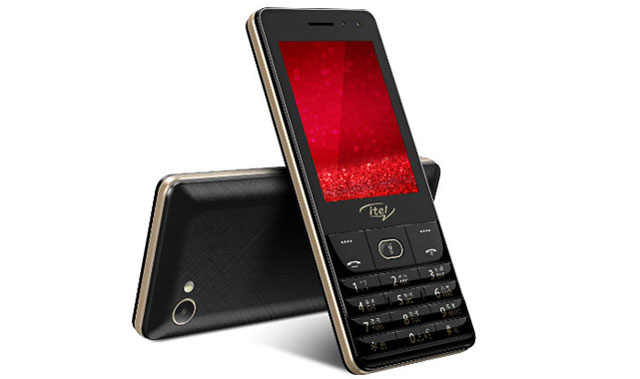
Growth in the shipment of feature phones is outstripping smartphone shipment growth, according to new research.
International Data Corp said on Monday that the continent’s smartphone market totalled 95,3m units in 2016.
Although this is up by 3,4% year on year, it is a “considerable deceleration from the double-digit growth rates seen in the previous two years”.
Demand, IDC said, is being hampered by currency fluctuations in key markets.
Overall, 215,3m mobile handsets were shipped in Africa during 2016, up 10,1% on the previous year. However, it was feature phones that were largely responsible for this growth, with shipments increasing 16,1% year on year in 2016 to total 120m units.
“This growth saw feature phones increase their unit share of Africa’s overall handset market from 53% in 2015 to 56% in 2016,” IDC said.
“Africa has always been a tough market for mobile phone companies to crack, and in 2016 that challenge got even harder,” said Simon Baker, regional programme director for mobile devices at IDC.
“Many African economies struggled throughout 2016, and this had an inevitable knock-on effect on the smartphone market, which had previously experienced a very strong 2015,” Baker said.
It was a particularly tough year in Nigeria, with the devaluation of the naira causing a drop in confidence in the distribution channel. And while North African markets saw an increase in overall handset shipments in 2016, the pace of growth slowed year on year due to exchange-rate fluctuations in Egypt and security issues in Algeria, he added.
Samsung continued to lead the African smartphone market in 2016, largely through a reworked product portfolio that now includes more mid- to low-range models. However, at 28m units, its 2016 smartphone shipments in Africa showed little growth from the figures recorded in 2015, IDC said.
The second-placed smartphone vendor was Transsion, widely known throughout Africa via its Itel, Infinix, and Tecno brands. And in terms of feature phone shipments, Transsion comfortably outperformed its main competitors in 2016.
Huawei posted year-on-year shipment growth to remain Africa’s number-three smartphone vendor in 2016, while Lenovo saw flat growth and ZTE and Alcatel both suffered slight declines, the research firm said.
Handsets with 3G technology continue to account for more than half of all new smartphone shipments in Africa, although 4G devices saw year-on-year growth of more than 50% in 2016.
IDC predicts that 4G handsets will account for more than half of new smartphone shipments in Africa by 2018, as prices for entry-level 4G phones drop and the number of 4G networks across the continent grows. — (c) 2017 NewsCentral Media

